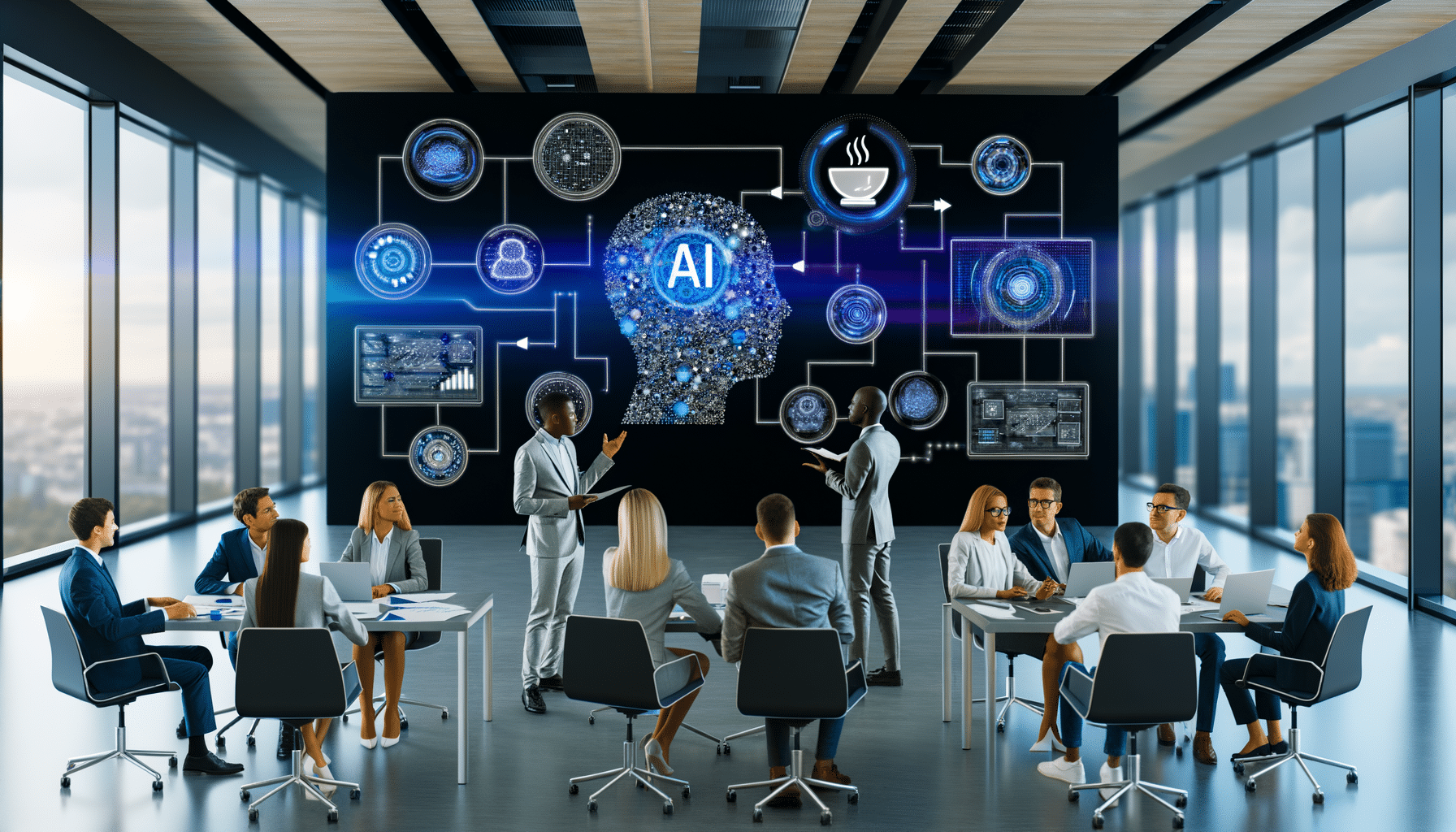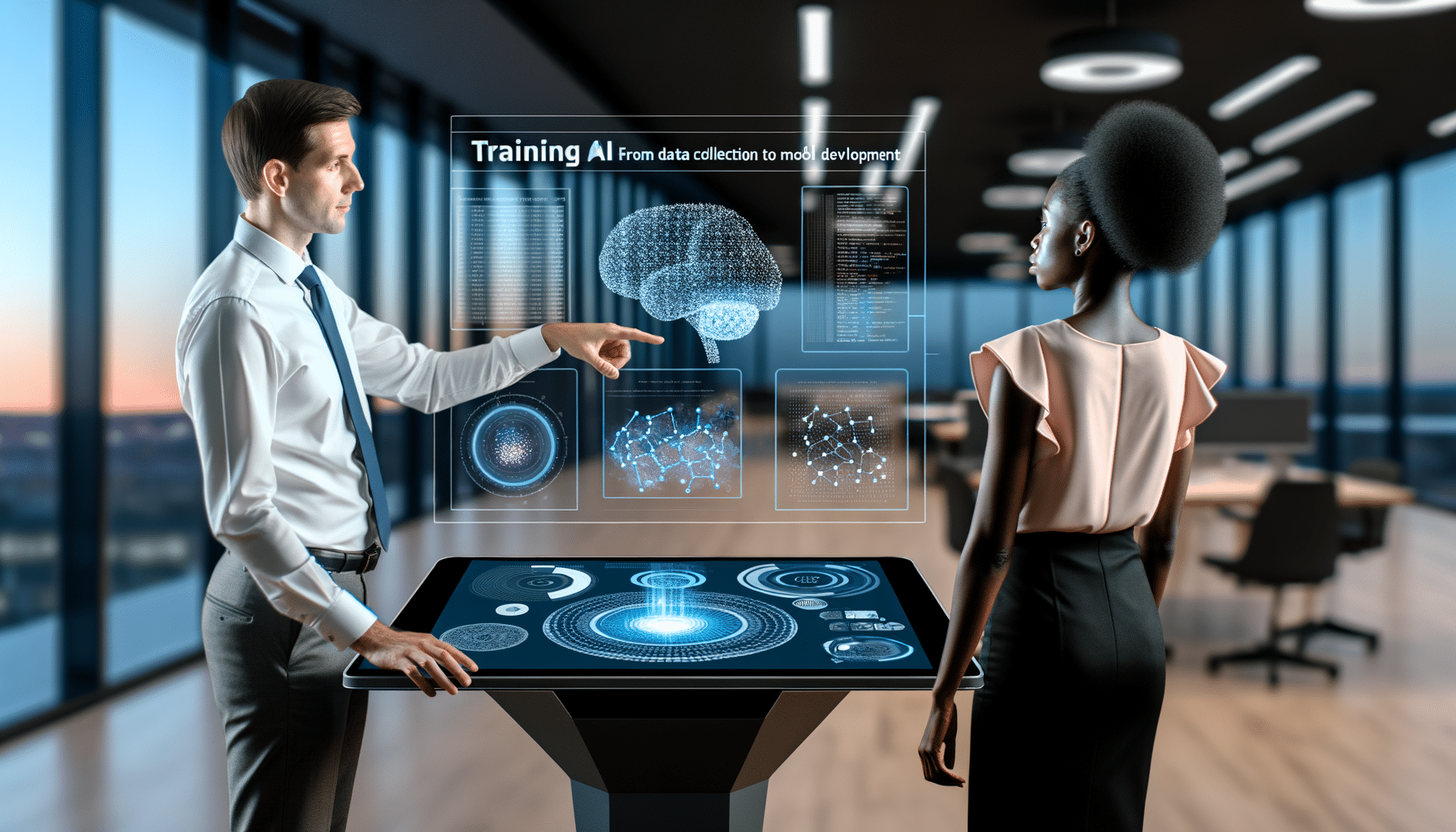- Basics
- March 27, 2023
How AI Works: A Behind-the-Scenes Look

In today’s rapidly evolving tech landscape, AI is becoming an integral part of our lives, transforming industries from healthcare to finance. I’ve always been fascinated by how AI works, and today I’ll take you on a journey behind the scenes to uncover the technology’s key components and processes.
The Heart of AI: Machine Learning
At the core of AI is Machine Learning (ML), a subset of AI that enables systems to learn and improve from experience without explicit programming. But how does this work? It all boils down to algorithms, which are essentially sets of instructions or rules that guide the learning process.
These algorithms can be classified into three types:
- Supervised Learning: This is where the algorithm learns from labeled data. It’s akin to teaching a child using flashcards. For example, it’s used in email spam filtering, where the system learns to classify emails as spam or not by studying examples.
- Unsupervised Learning: Here, the algorithm navigates uncharted territories, making sense of data without pre-existing labels. It’s useful in clustering customers based on buying behaviours.
- Reinforcement Learning: Think of it like training a dog with rewards. The algorithm learns by receiving feedback from its actions and aims to maximize rewards over time. It’s used in robotics and complex gaming scenarios.
The Power Behind the Curtain: Data
AI’s magic starts with data. Without it, machine learning algorithms would have nothing to learn from. But not just any data will do. Quality matters.
Here’s how records are transformed to fuel these algorithms:
- Data Collection: Whether it’s structured databases or unstructured logs, the initial step is gathering relevant data.
- Data Preprocessing: Before the algorithms can learn, the data is cleaned, transformed, and standardized to ensure accuracy and efficiency.
- Feature Engineering: This involves selecting and transforming variables into features that best represent the problem for the ML model to process effectively.
To put it simply, the strength of an AI model is directly proportional to the quality and quantity of data fed into it.
Machine Learning Algorithms Unraveled
Diving deeper into algorithms, let’s demystify a few popular types:
- Decision Trees: These are like a series of choices that lead to a decision. They work well in environments where decisions and outcomes can be visualized as a path.
- Neural Networks: Inspired by the human brain, these networks consist of interconnected nodes or “neurons”. They excel at recognizing patterns and are the backbone of deep learning.
- Support Vector Machines (SVM): Think of them as a boundary line that distinguishes different data classes. SVMs are especially effective in text classification and image recognition.
Ethics and Challenges
While AI holds transformative power, it’s not without challenges. Concerns such as data privacy, bias in algorithms, and ethical decision-making are at the forefront of AI discourse.
Being vigilant about compliance and ensuring transparency in AI workflows is imperative, which is why our platform, RecordsKeeper.AI, incorporates secure data rooms with real-time activity tracking and compliance management to ensure adherence to industry standards like GDPR and HIPAA.
My Journey with AI
When I embarked on the journey of developing RecordsKeeper.AI, I was driven by the potential of AI to transform record management. Watching AI in action—from automating categorization to suggesting predictive insights—continues to excite and drive me.
The capabilities of AI aren’t just about solving problems but also uncovering new opportunities. By leveraging blockchain for immutability and introducing intuitive ML models, we’re setting new benchmarks in data integrity and efficiency.
Conclusion
To truly appreciate the marvel of AI, one must look beyond its applications to the inner workings—its algorithms, machine learning models, and intricate processes. However, it’s vital to maintain a balance, ensuring that the technology serves humanity’s best interests.
For those intrigued by the endless possibilities of AI and who wish to explore pioneering solutions in record management, I invite you to delve deeper into our work at RecordsKeeper.AI. Together, let’s sculpt the future of intelligent record management!
I hope this exploration has sparked your curiosity or provided insights into machine learning algorithms. Feel free to reach out with thoughts, questions, or collaborations—let’s continue this fascinating dialogue.
Toshendra Sharma is the visionary founder and CEO of RecordsKeeper.AI, spearheading the fusion of AI and blockchain to redefine enterprise record management. With a groundbreaking approach to solving complex business challenges, Toshendra combines deep expertise in blockchain and artificial intelligence with an acute understanding of enterprise compliance and security needs.
Related Posts

Training AI: From Data Collection to Model Development
Learn the step-by-step process of training an AI model from scratch.
- March 28, 2023

Types of AI: Narrow, General, and Superintelligence
Explore the different types of AI, their capabilities, and potential future advancements.
- March 26, 2023
Archives
- December 2024
- November 2024
- October 2024
- September 2024
- August 2024
- July 2024
- June 2024
- May 2024
- April 2024
- March 2024
- February 2024
- January 2024
- December 2023
- November 2023
- October 2023
- September 2023
- August 2023
- July 2023
- June 2023
- May 2023
- April 2023
- March 2023
- February 2023
- January 2023
- December 2022
- November 2022
- October 2022
- September 2022
- March 2019
Want to get more content like this?
Signup to directly get this type of content to your inbox!!
Latest Post
Organizing External Auditor Access
- December 22, 2024
Document Control in Manufacturing Plants
- December 21, 2024
Handling Rush Financial Report Requests
- December 20, 2024
Managing Record Access After Staff Changes
- December 19, 2024





